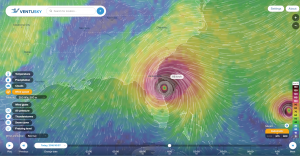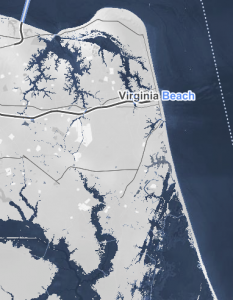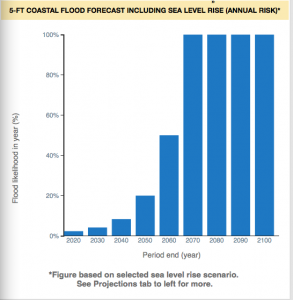The National Oceanic and Atmospheric Administration (NOAA) has a website called ocean explorer, which allows you to track the recent ocean explorations by the NOAA from 2001 to the present. Each exploration provides extensive data that was collected and used, and gives an extensive background as well as the mission’s motivation. There are constant updates of new findings and new missions for each exploration, so you can see what has been found already and what the researchers are hoping to discover. Each exploration also provides photos and maps to help explain where it is taking place, and why the exploration is important to the certain area. The website provides a digital atlas that shows all of the current explorations around the world, allowing you to click on a certain mission and use GIS tools to examine dive locations, dive tracks, and ship tracking. You can also quickly view the education, data and summary of each mission on the map.
This website can help connect the general public to the advances in geographical research, and help inform them of what work is being done around the world to further the knowledge of our oceans. It also will help keep the public aware of the past history of the world, and what artifacts are found in oceans that help piece together important historical events.
http://oceanexplorer.noaa.gov/explorations/explorations.html




 Surging Seas also allows you to compare projections taking into consideration potential policies regarding emissions and warming such as moderate carbon cuts vs. unchecked pollution. Global warming has already raised global sea level about 8 inches in the last 150 years and the rate is accelerating rapidly. These resources are incredibly fascinating to explore the potential impact of climate change on coasts.
Surging Seas also allows you to compare projections taking into consideration potential policies regarding emissions and warming such as moderate carbon cuts vs. unchecked pollution. Global warming has already raised global sea level about 8 inches in the last 150 years and the rate is accelerating rapidly. These resources are incredibly fascinating to explore the potential impact of climate change on coasts.